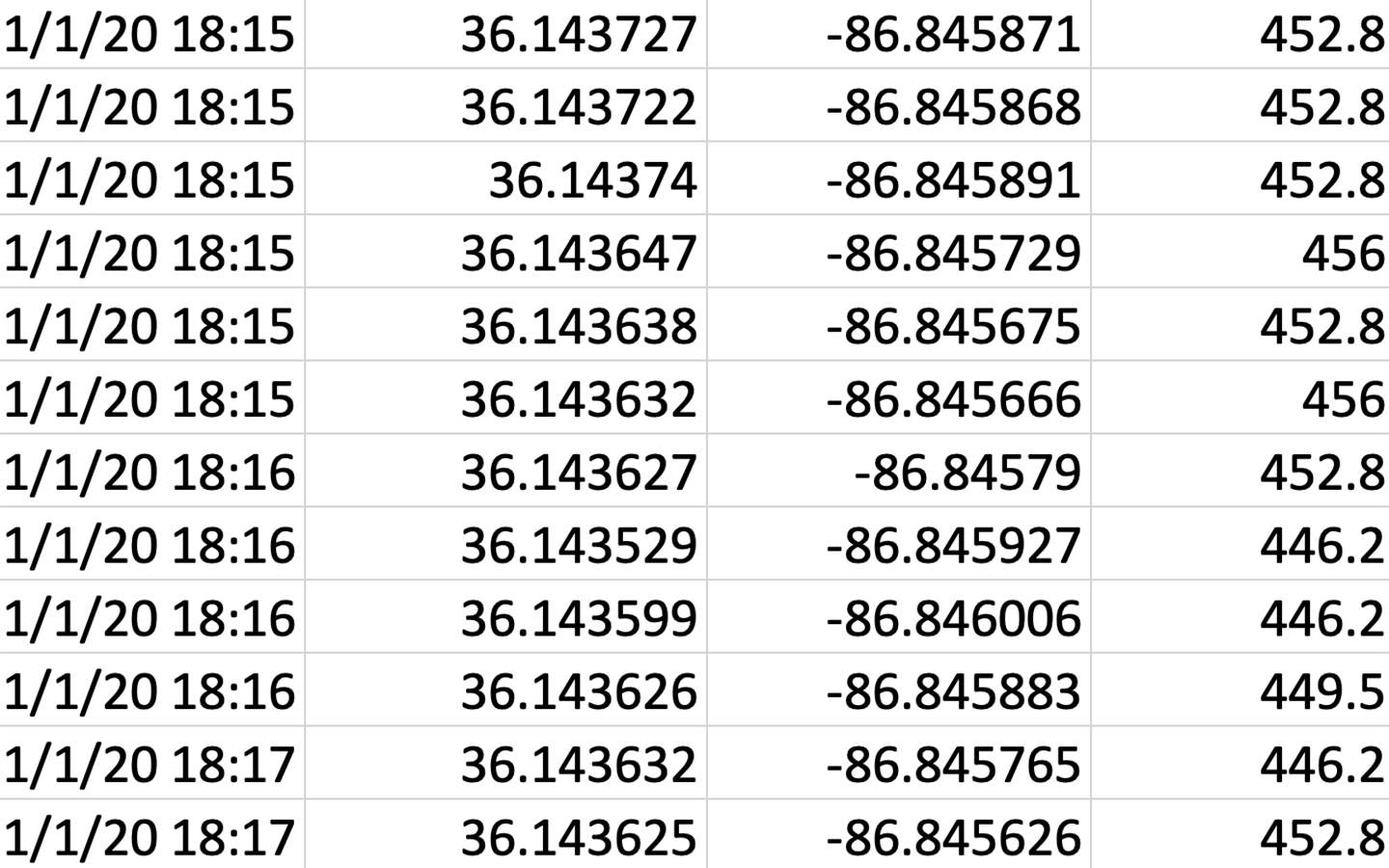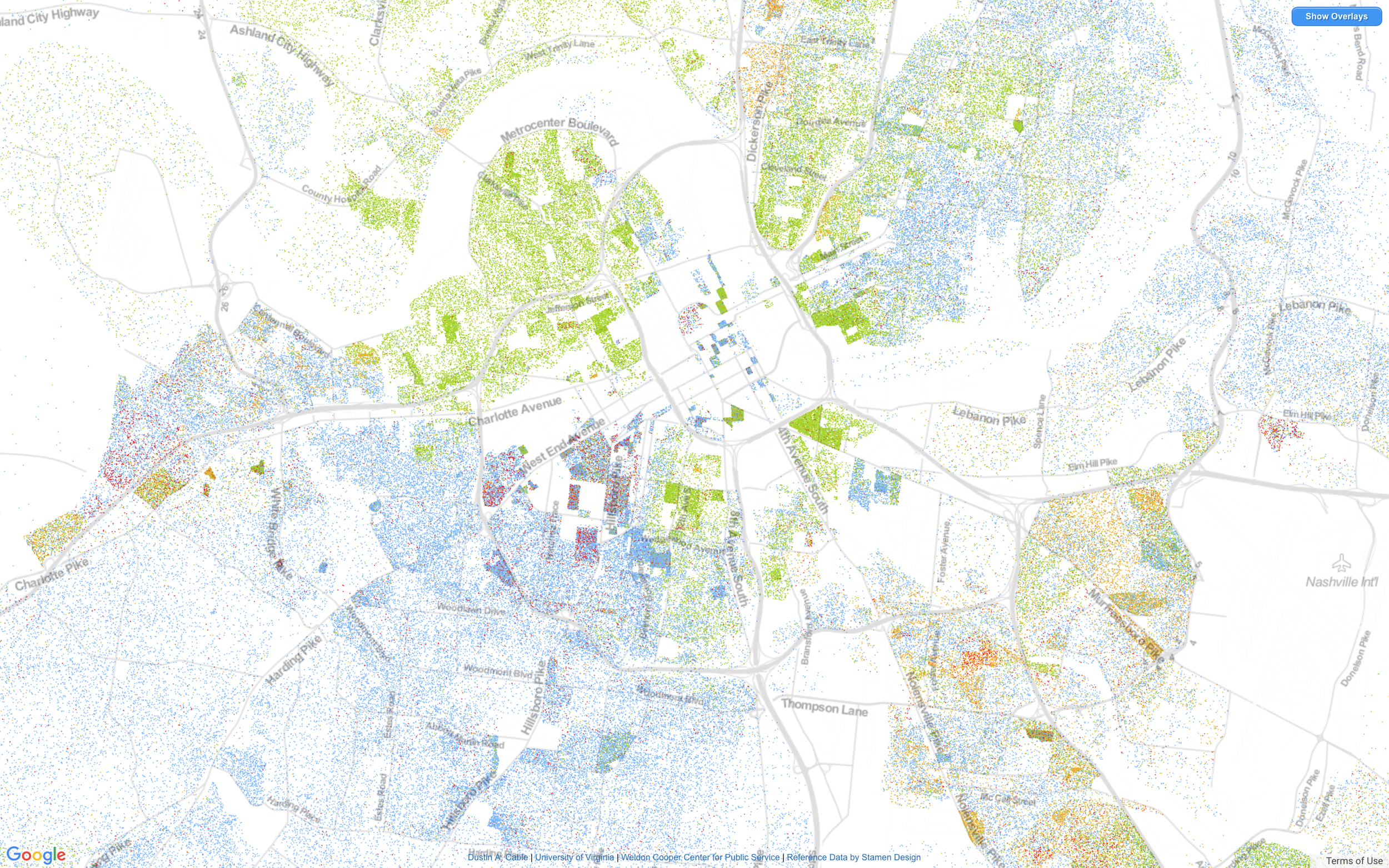
Overview
Mapping Self in Society (MaSelfS) is a teaching and learning framework that helps people explore the connections between their daily movements and the communities they’re part of. Using free, open-source tools, learners collect and map their own movement data to better understand how people, places, and social life intersect in neighborhoods and cities.
Originally developed with educators in fields like social studies, ethics, and computer science, MaSelfS invites students to explore questions such as:
Where do I spend my time, and why?
What does my movement say about my connection to community?
How can reflecting on personal data help us think about fairness, privacy, and how neighborhoods are shaped?
The framework also supports researchers interested in using location-based technologies in ethical, socially aware ways—whether for studying community histories, analyzing mobility patterns, or designing learning experiences on the move.
Each activity focuses on a different aspect of mapping personal experience and understanding shared spaces. You can explore summaries of all five activities below to see how they build on each other—or choose the ones most relevant to your interests or teaching.
This project is a collaboration between educators and researchers at Georgia State University and Vanderbilt University, with support from the Spencer Foundation and the National Science Foundation.
Activity 1: Capturing the “daily round” & exploring personal geography
You will learn how to collect your physical movement data using a free and award-winning application called OutdoorActive. You will also be introduced to concepts and questions in human geography and topics relevant to the ethical use of personal data.
Activity 2: Placing Yourself on the Map
You will learn how to process the physical movement data you collected using a free platform called GPS Visualizer. You will also critically consider how others see you as a digital self represented through digital mapping technologies such as coordinate systems.
Activity 3: Mapping Social Life & Basics of Spatial Data
You’ll learn about thematic maps and what makes a good thematic map. You’ll also create a few thematic maps of your own for use in Activity 4.
Activity 4: Visualizing self in relation to society
You’ll learn how to use novel visualization tools to dynamically visualize your physical movement data over different thematic maps you collected in order to see yourself in relation to society.
Activity 5: Reflecting on personal geography, data ethics & social and cultural life
Mapping your personal geography over thematic maps with novel visualization tools raises new questions about how social and cultural practices relate to experiences in everyday life. This section shares questions and assignments to reflect on your experiences in activities 1-4 and sample responses from teachers and learners who have used the MaSelfS framework.




